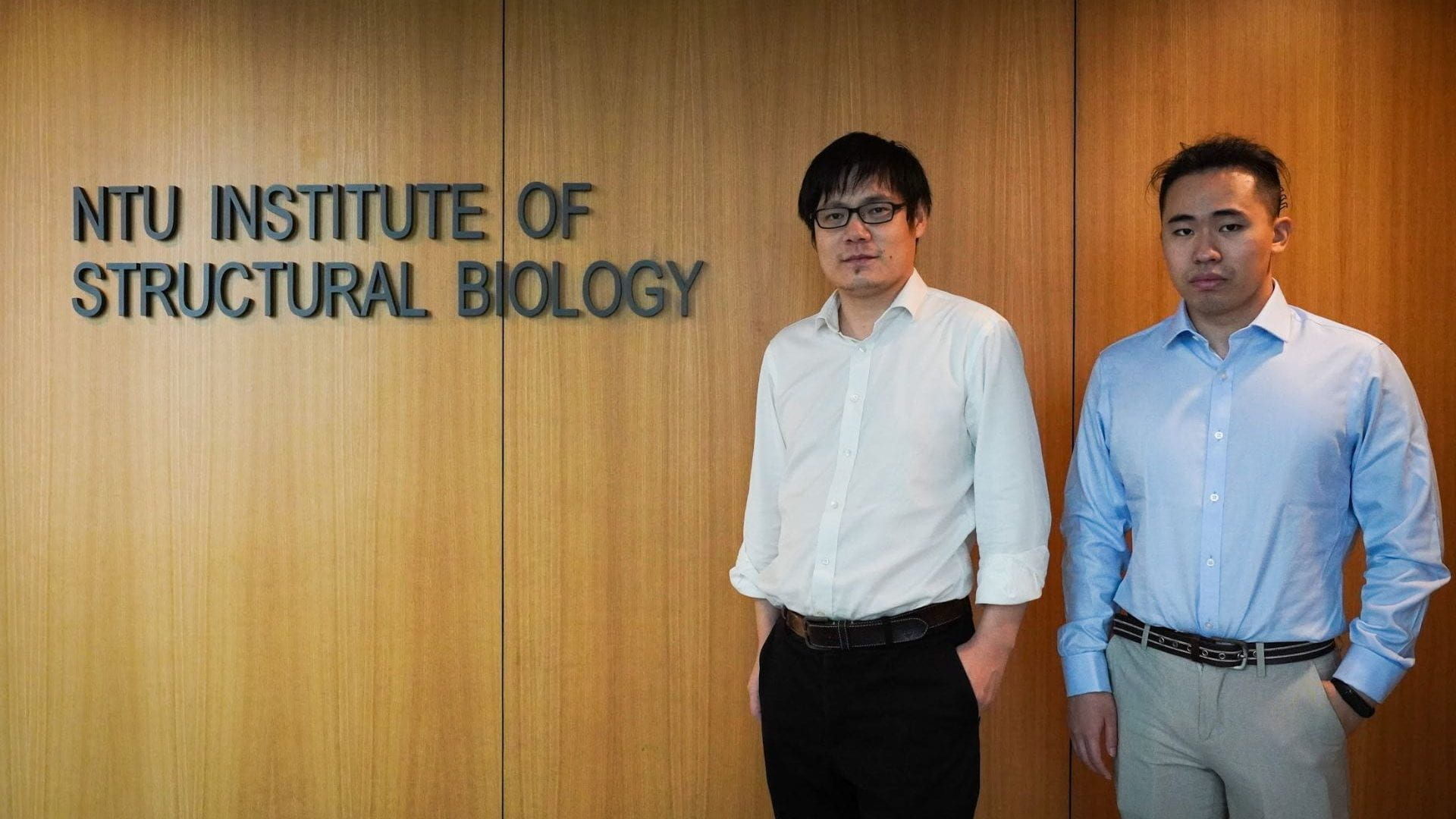The uromodulin protein has remained a mystery to scientists for decades now.
After all, while evidence showed that it could be found in abundance in urine due to the massive quantities being churned out by the kidneys, information on its role in bodily functions has been frustratingly scarce, even as thousands of years of biological and evolutionary history insisted that something so amply produced in the body could not possibly be useless.
And in fact, it was not – a recently published paper has offered new evidence that the presence of uromodulin in urine serves as a positive biomarker, linking it to lower risks for mortality and cardiovascular diseases in older adults.
The discovery was part of a series of new findings from a multi-lab international collaboration initiated by Professor Luca Jovine of the Karolinska Institutet. The project, which includes Assistant Professor Wu Bin and PhD student Xu Chenrui of the School of Biological Sciences and the Institute of Structural Biology, worked to piece together the three-dimensional atomic structure of the protein uromodulin.

Assistant Professor Wu Bin and PhD student Xu Chenrui worked with a group of scientists to image the 3D structure of the protein uromodulin.
As it is, proteins are rather sensitive macromolecules: their functions are fundamentally tied to their structural configurations, meaning that even the most miniscule change to a protein’s structure can result in drastic changes to how they work.
“The helical reconstruction of molecules in the bowel is therefore a way of ‘solving’ the protein’s structure,” Asst Prof Wu said, describing the importance of the project. “It is a crucial step to identifying new ways in which protein functions are regulated.”
Using a cryogenic electron microscopy (cryo-EM) technique, as opposed to the more conventional x-ray crystallography method typically used by molecular biologists, the researchers first subjected urine samples containing uromodulin to flash-freezing, a process that effectively fixes the protein in place in thin sheets of ice to prevent further molecular rearrangements.
Once frozen, the samples were then subjected to an electron beam, where electrons are shot at and pass through the protein samples, producing images of individual molecules in different positions and orientations.

Dr Alena Stsiapanava, Prof. Luca Jovine, from Karolinska Institute, and Dr Marta Carroni pictured at the Cryo-EM Swedish National Facility, SciLifeLab, Stockholm.
Then, very carefully, the researchers set to work, first analysing and then stitching together the thousands of two-dimensional images to fully reconstruct the three-dimensional structure of the protein uromodulin.
As a research method, it was a “completely novel way of deriving three-dimensional information from only two-dimensional images of helical objects,” said Asst Prof Wu. “We’ve solved a puzzle that has confounded the world for decades.”
This “puzzle”, of course, refers to the previously unknown oligomeric conformation of uromodulin, and the mystery behind the presence of the ZP module, a polymerization module contained in uromodulin which plays an important role in mediating processes like fertilization and antibacterial defense.
As the researchers have found, the presence of the ZP module enables uromodulin’s incorporation into a filamentous form. In imaging the samples of full-length native uromodulin, it was discovered that the filaments had a unique tree-like structure, resulting from the regular alternation of 12nm-long branches protruding from a central polymeric core.
Thus revealed by the atomic structure, individual ZP modules were also found to form a tightly interlocked filament core, further explaining how the oligomer managed to resist thousands of bacterial- and fungi-derived proteases.

In imaging the samples of full-length native uromodulin, it was discovered that the filaments had a unique tree-like structure.
“We discovered that this filamentous form is directly relevant to uromodulin’s function, which in this case, is to form an unbreakable ‘net’ that captures bacteria,” Asst Prof Wu explained.
According to the reconstruction of uromodulin, the net is created from the pairing of multiple uromodulin filaments, which generates a surface of checkerboard-like regions, each carrying a copy of the high-mannose glycan recognized by the adhesin FimH. These protect against urinary tract infections by surrounding the uropathogenic E. coli (UPEC).
“With just a single ‘net’, you can already capture some bacteria. But with a whole network of ‘nets’, more bacteria can be trapped, because you can effectively “glue” them together and flush them out,” Asst Prof Wu said. “This ultimately prevents the bacteria from entering the kidney and causing kidney disease.”
Such bacteria-trapping abilities have been crucial in enabling uromodulin to aid in reducing nephrolithiasis (also known as kidney stones), as well as helping to regulate the water and electrolyte balance, and shoring up the kidney’s innate immunity.
Of course, beyond expanding the role of uromodulin in bacterial defense, the mapping of its atomic structure has given rise to a new framework in understanding its relationships with other human biological processes.
More specifically, imaging of the structure of uromodulin has revealed that a similar basic architecture is shared with filaments of vertebrate egg coats, with huge implications on future research into the processes behind sperm-egg recognition.
“Currently, 20 to 30 percent of all infertility problems are linked to the mis-regulation of the oligomerization process on the egg surface,” Asst Prof Wu said. “With the new understanding derived from the structure of uromodulin, we can begin to identify novel methods to solve such infertility issues.”
CITATIONS
Stsiapanava A., et al. Cryo-EM structure of native human uromodulin, a zona pellucida module polymer. EMBO Journal. November 2020, 16:e106807. doi: 10.15252/embj.2020106807.
Corresponding authors: Wu, Bin. Jovine, Luca.
